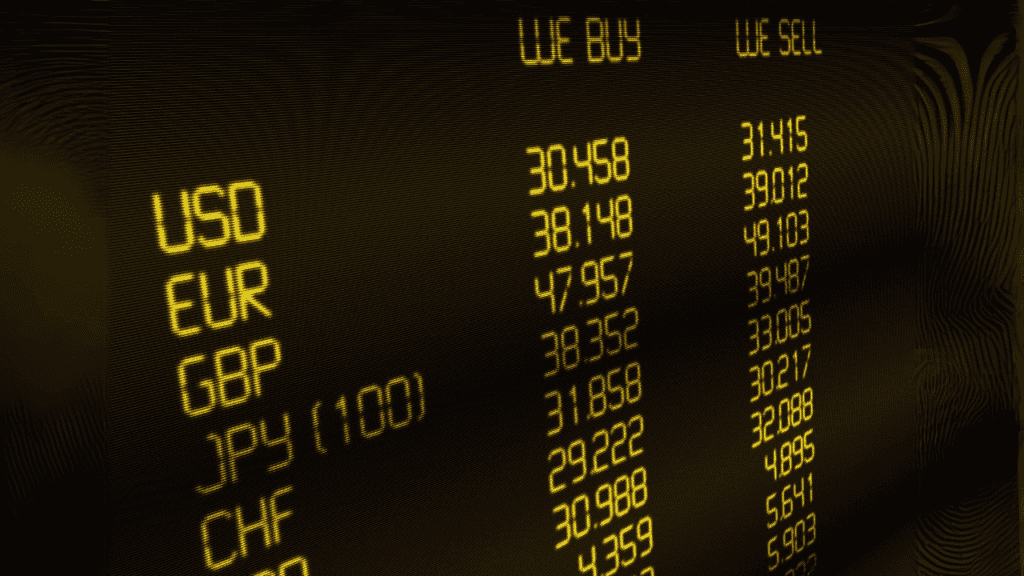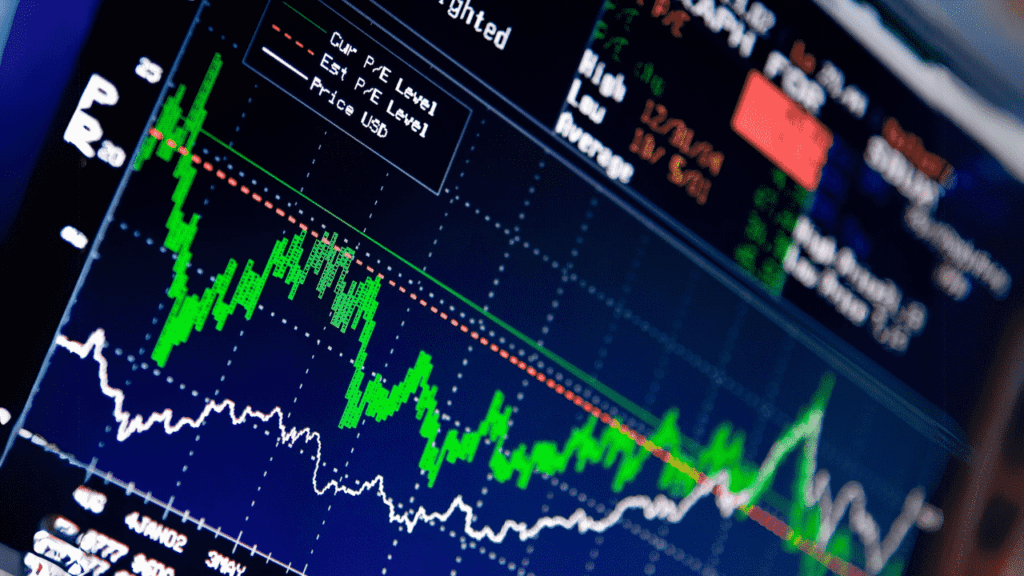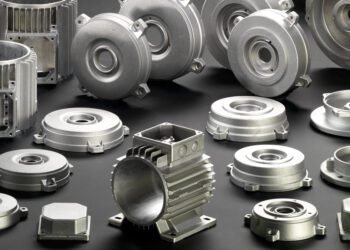Introduction of LME
The London Metal Exchange (LME) stands as one of the oldest and largest markets for trading base metals and other materials. Established in 1877, it has become a cornerstone of the global metal industry, providing a platform for price discovery, risk management, and trading of various metal commodities. Let’s delve into the complete details of the LME, from its history to its functions and significance in the modern market.
Join our: Whatsapp Group
Metals Traded on the London Metal Exchange (LME)
Here is a table listing the metals for which the LME provides rates:
| Metal | Description |
|---|---|
| Aluminium | Lightweight metal used in construction and packaging. |
| Copper | Versatile metal with excellent conductivity. |
| Lead | Dense metal used in batteries and construction. |
| Nickel | Corrosion-resistant metal used in stainless steel. |
| Tin | Soft metal used in coating steel and making alloys. |
| Zinc | Anti-corrosive metal used in galvanization. |
| Aluminium Alloy | Various alloys for aircraft and automotive parts. |
| NASAAC | Specialised aluminium alloy contract. |
| Cobalt | Metal used in alloys and rechargeable batteries. |
| Steel Scrap | Recycled steel materials for manufacturing. |
These metals are actively traded on the London Metal Exchange, playing a crucial role in global commodity markets.
History of the LME
Also read : Copper | Complete Details

- Early Beginnings: The roots of the London Metal Exchange trace back to the bustling metal trading floors of London in the 16th century. Merchants gathered at the Royal Exchange to barter and exchange various metals, laying the foundation for what would become the LME.
- Formal Establishment: The formal establishment of the LME took shape in 1877 with the creation of the London Metals and Mining Company. Initially focusing on copper, the Exchange quickly expanded its offerings to include a diverse array of base metals, catering to the evolving needs of the industry.
- Navigating Challenges: Throughout its history, the LME has weathered numerous challenges, from world wars to economic downturns. During times of crisis, the Exchange provided a stable and reliable platform for metal trading, supporting industries worldwide.
- Evolution and Growth: Over the decades, the LME has evolved with the times, embracing technological advancements while preserving its rich trading traditions. Today, it stands as a symbol of continuity and innovation in the global metal market.
Functions of the LME
Also Read: Top 5 Most Common Types of Metals and Their Uses

- Price Discovery
- Benchmark Prices: One of the primary functions of the LME is to establish and disseminate benchmark prices for various metals. These prices, determined through rigorous market mechanisms, serve as reference points for transactions globally.
- Market Mechanisms: The process of price discovery on the LME involves a combination of open outcry trading and electronic platforms. Traders come together on the Exchange’s trading floor to negotiate deals, ensuring transparency and fair pricing.
- Transparency and Integrity: By providing real-time pricing information and historical data, the LME promotes transparency in the metal market. This transparency instills confidence in traders and consumers alike, fostering a robust trading environment.
- Futures and Options Trading
- Risk Management Tools: The LME offers a wide range of futures and options contracts, allowing market participants to manage their exposure to price volatility. These instruments provide a means for producers, consumers, and investors to hedge their positions effectively.
- Standardized Contracts: Futures contracts on the LME are standardized, with specific terms regarding metal quality, quantity, and delivery dates. This standardization enhances liquidity in the market, enabling efficient trading and price discovery.
- Global Reach: Participants from around the world engage in LME’s futures and options markets, contributing to its status as a leading marketplace for metal derivatives. The Exchange’s electronic platforms facilitate seamless trading across borders.
Significance of the LME
Also Check : latest Iron Scrap Rate Today

- Global Market Influence
- Price Trends: The LME’s price movements often serve as leading indicators for trends in the global metal market. Changes in LME prices can have a ripple effect, impacting metal producers, consumers, and investors worldwide.
- Market Sentiment: Traders and analysts closely monitor LME prices to gauge market sentiment and make informed decisions. The Exchange’s influence extends beyond its trading floor, shaping industry perceptions and strategies.
- Risk Management and Stability
- Mitigating Price Risks: For businesses involved in metal production and consumption, the LME offers essential tools for mitigating price risks. By using futures and options contracts, entities can protect their profit margins and ensure stability in operations.
- Industry Resilience: The LME’s role in risk management contributes to the overall resilience of the metal industry. Producers and consumers can plan ahead with confidence, knowing they have avenues to hedge against unforeseen price fluctuations.
- Market Transparency and Integrity
- Fair Trading Practices: The LME’s commitment to market integrity ensures fair trading practices for all participants. Market surveillance measures help detect and prevent market manipulation, fostering trust in the Exchange.
- Access to Information: Traders and stakeholders benefit from the Exchange’s extensive market data and analytics. Real-time updates on prices, trends, and trading volumes empower informed decision-making, enhancing market efficiency.
- Support for Industry Growth
- Capital Formation: The LME plays a vital role in capital formation within the metal industry. By providing a platform for investment and risk management, it attracts capital from diverse sources, fueling industry growth.
- Encouraging Innovation: Market participants on the LME often introduce innovative trading strategies and products. This culture of innovation drives competitiveness and fosters a dynamic marketplace for metals.
LME Membership and Participation
Visit Our Prices Page For Latest Metals Rates

To engage with the London Metal Exchange, entities must become members or participants, depending on their trading activities and needs. Membership grants access to various benefits, including trading rights, participation in governance, and access to market data.
- Membership Categories
- Ring Dealing Members (RDMs): These are full members of the LME with the right to trade in the Ring, the traditional open outcry trading venue of the Exchange. RDMs play a crucial role in price discovery and market liquidity.
- Associate Broker Clearing Members (ABCMs): ABCMs have clearing rights on the LME but do not participate directly in Ring trading. They act as intermediaries, facilitating trades for clients and managing clearing processes.
- Other Membership Types: The LME offers additional membership categories, each tailored to specific trading needs and obligations within the Exchange. These include Ring Dealing Memberships with clients, Associate Trade Reporting Memberships, and more.
- Participant Status
- Access to Trading Platforms: Entities that do not seek full membership can participate in the LME through various schemes. These participants gain access to the Exchange’s electronic trading platforms, where they can engage in trading activities.
- Market Access and Benefits: Participants benefit from real-time market data, research reports, and educational resources provided by the LME. This access allows them to stay informed about market developments and trends.
Frequently Asked Questions (FAQs)
1. What is the London Metal Exchange (LME)?
The LME stands as one of the oldest and largest markets for trading base metals and other materials. Established in 1877, it serves as a cornerstone of the global metal industry, providing a platform for price discovery, risk management, and trading of various metal commodities.
2. What metals are traded on the LME?
The LME provides rates for a variety of metals, including Aluminium, Copper, Lead, Nickel, Tin, Zinc, Aluminium Alloy, NASAAC (North American Special Aluminium Alloy Contract), Cobalt, and Steel Scrap.
3. What is the history of the LME?
The roots of the LME trace back to the bustling metal trading floors of London in the 16th century. Formal establishment occurred in 1877 with the creation of the London Metals and Mining Company. Over the years, the LME has evolved to become a symbol of continuity and innovation in the global metal market.
4. How does the LME contribute to price discovery?
One of the primary functions of the LME is to establish benchmark prices for various metals. Through a combination of open outcry trading and electronic platforms, the Exchange ensures transparency and fair pricing in the metal market.
5. What are the benefits of futures and options trading on the LME?
The LME offers a wide range of futures and options contracts, allowing market participants to manage their exposure to price volatility. These instruments provide effective means for producers, consumers, and investors to hedge their positions and mitigate risks.
6. Why is the LME significant in the global metal market?
The LME’s price movements often serve as leading indicators for trends in the global metal market. Its influence extends beyond its trading floor, impacting metal producers, consumers, and investors worldwide. Additionally, the Exchange’s role in risk management, market transparency, and capital formation contributes to the overall resilience and growth of the metal industry.
7. How can one participate in the LME?
Entities can become members or participants of the LME, depending on their trading activities and needs. Membership categories include Ring Dealing Members (RDMs) who trade in the Ring, Associate Broker Clearing Members (ABCMs) facilitating trades for clients, and various other membership types tailored to specific trading obligations.
8. What benefits do participants of the LME enjoy?
Participants gain access to the Exchange’s electronic trading platforms, real-time market data, research reports, and educational resources. This access allows them to engage in trading activities, stay informed about market developments, and benefit from the Exchange’s market expertise.
9. How does the LME contribute to market transparency and integrity?
The LME is committed to ensuring fair trading practices for all participants. It provides real-time pricing information, historical data, and market surveillance measures to prevent market manipulation. This transparency fosters trust among traders and stakeholders, promoting a robust and efficient metal market.
10. What is the conclusion regarding the LME’s role in the metal industry?
In conclusion, the London Metal Exchange stands as a beacon of stability and innovation in the metal industry. Its functions in price discovery, risk management, and market regulation are vital for maintaining a vibrant and efficient marketplace for metals. Whether you are a trader, producer, or simply curious about commodities, the LME offers insight into a crucial sector of the global economy.
These FAQs provide a brief overview of the London Metal Exchange (LME) and its significance in the metal industry. If you have more questions or seek further information, feel free to explore the detailed guide provided earlier or visit the official LME website.
Conclusion
the London Metal Exchange stands as a beacon of stability and innovation in the metal industry. Its role in price discovery, risk management, and market regulation is instrumental in maintaining a vibrant and efficient marketplace for metals. Whether you are a seasoned trader, a metal producer, or simply curious about the world of commodities, the LME offers a fascinating glimpse into a vital sector of the global economy.
With a history steeped in tradition and a commitment to adapting to modern market dynamics, the LME continues to shape the landscape of metal trading. Its functions as a price discovery hub, a platform for futures and options trading, and a champion of market transparency underscore its enduring significance. As industries evolve and economies fluctuate, the London Metal Exchange remains a steadfast institution, connecting participants from around the world in the pursuit of efficient and reliable metal markets.






















